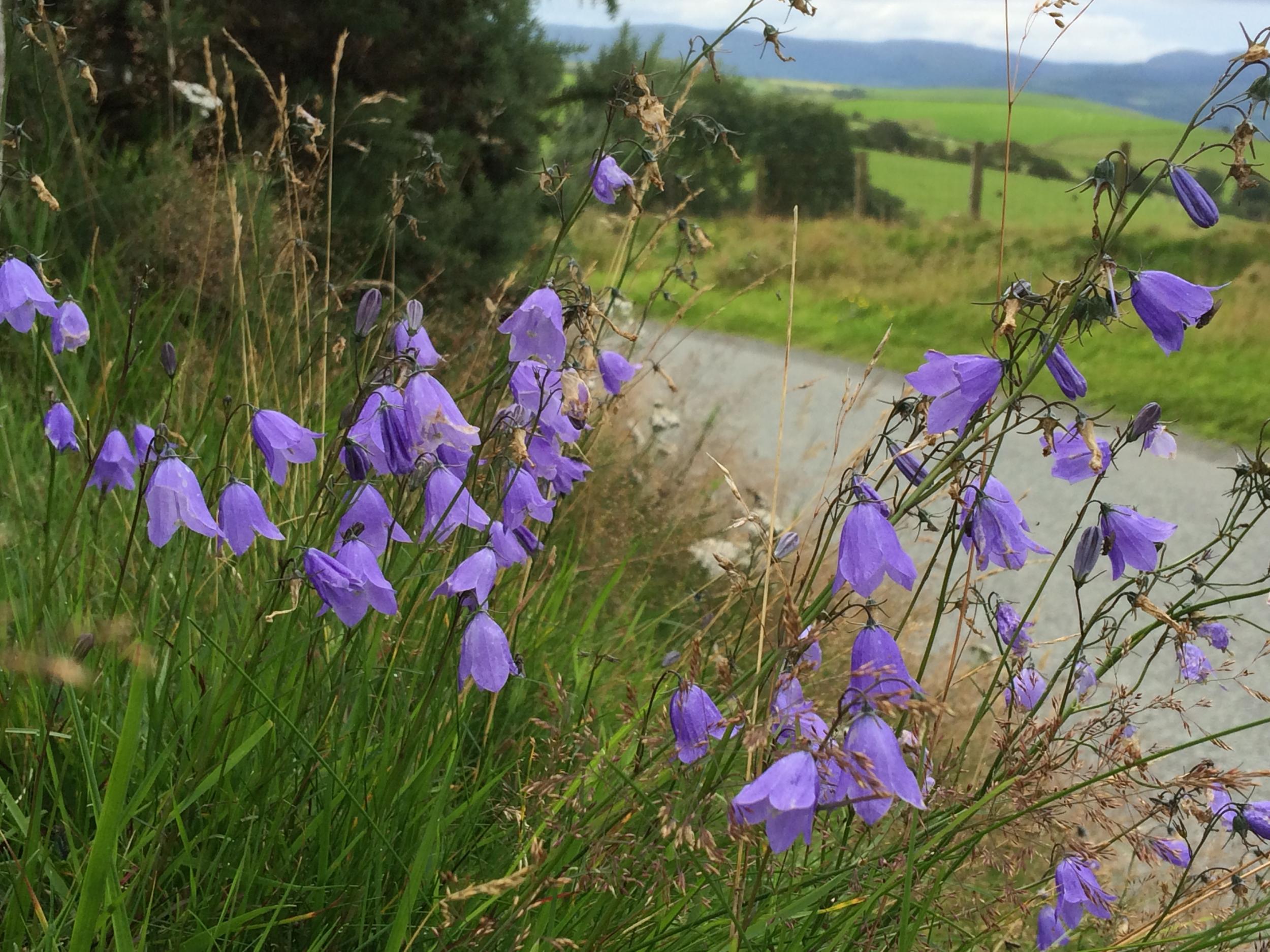Air pollution is devastating UK's wild flowers turning countryside into 'monotonous green badlands'
‘The very fabric of our countryside is changing under this rain of nitrogen’

Your support helps us to tell the story
This election is still a dead heat, according to most polls. In a fight with such wafer-thin margins, we need reporters on the ground talking to the people Trump and Harris are courting. Your support allows us to keep sending journalists to the story.
The Independent is trusted by 27 million Americans from across the entire political spectrum every month. Unlike many other quality news outlets, we choose not to lock you out of our reporting and analysis with paywalls. But quality journalism must still be paid for.
Help us keep bring these critical stories to light. Your support makes all the difference.
Air pollution is having a devastating effect on Britain’s wild flowers by helping nettles, hogweed and other “thuggish” species turn the countryside into “monotonous green badlands”, major environmental groups have warned.
A report by the Plant Link UK network, backed by organisations including Plantlife, the National Trust, Woodland Trust and Royal Society for the Protection of Birds, found that 90 per cent of heathlands, acid grasslands and other sensitive habitats in England were suffering because of nitrogen emissions from fossil fuels and fertilisers. Across the whole of the UK, the figure was 63 per cent.
Nitrogen is a fertiliser, but plants fare differently depending on the amount present in the soil.
Some 37 per cent of Britain’s flowering plants prefer low nutrient conditions, whereas nettles in particular thrive when there is a lot of nitrogen in the soil.
Dr Trevor Dines, botanical specialist at Plantlife, said: “It is hard to exaggerate what a destructive impact nitrogen deposition is having on our wild flowers and other flora, fungi and ecosystems more broadly.
“Put simply, this report reveals that nitrogen deposition may present a far more immediate threat to semi-natural habitats than even climate change.”
He said as spring began to turn the countryside green again “all may seem as it should but look more closely and the truth is a little different”.
“Nettles, hogweed and hemlock – 'thuggish' species that thrive in soil steeped in excess nitrogen – are drowning out rare and more vulnerable wild plants who can only survive in less nutrient-rich soil,” Dr Dines said.
“We are force-feeding the natural world a diet of nutrient-rich junk food and it is having a devastating impact.
“Once diverse habitats are becoming monotonous green badlands where only the thugs survive and other more delicate plants are being bullied out of existence.”
He added that air pollution’s impact on human health was being “increasingly well documented”. It is estimated that tens of thousands of people die prematurely every year because of fossil fuel emissions.
“And it is now incumbent on us to ring the alarm bell for nitrogen deposition,” he said.
Nitrogen deposition takes place when emissions from transport, power stations, farming and industry – mainly in the form of nitrogen oxides and ammonia – are washed out of the air when it rains or if they simply drift down onto the land.
The report, called We Need to Talk About Nitrogen, said plants such as the harebell and bird’s-foot trefoil were at risk.
Rare lichens – used for more than 100 years to gauge air quality – such as the beautiful eyelashes treebeard lichen (Usnea florida) are also suffering, along with mosses, hornworts and liverworts.
Soil fungi are believed to be particularly vulnerable. They provide valuable functions in the soil and plants like orchids could suffer if their numbers are reduced.
Plantlife said a meeting of scientists, conservation groups, farmers and government officials held earlier this year had concluded that there was a need to tackle “one of the key threats to our biodiversity, soils and ecosystems”.
Dr Dines, who attended the meeting, said: “It is now vital that landowners, industry and politicians come together to urgently address this mounting problem.
“The very fabric of our countryside is changing under this rain of nitrogen and if the damage continues it will harm the ability of our most precious wildflower habitats to cope with other pressures such as climate change.”
Join our commenting forum
Join thought-provoking conversations, follow other Independent readers and see their replies
Comments